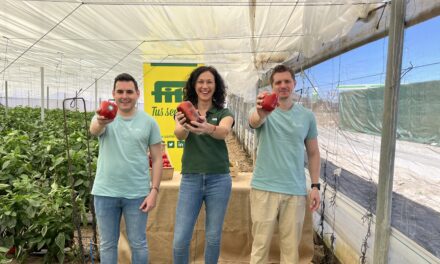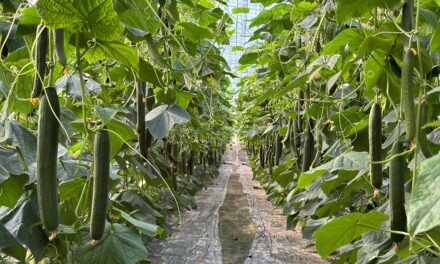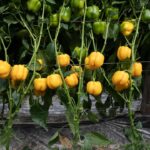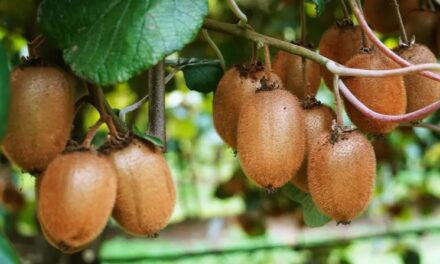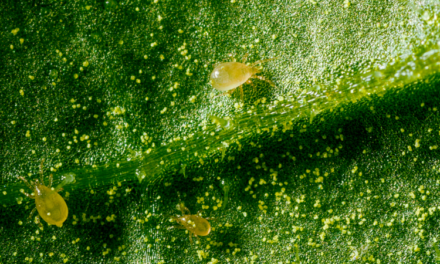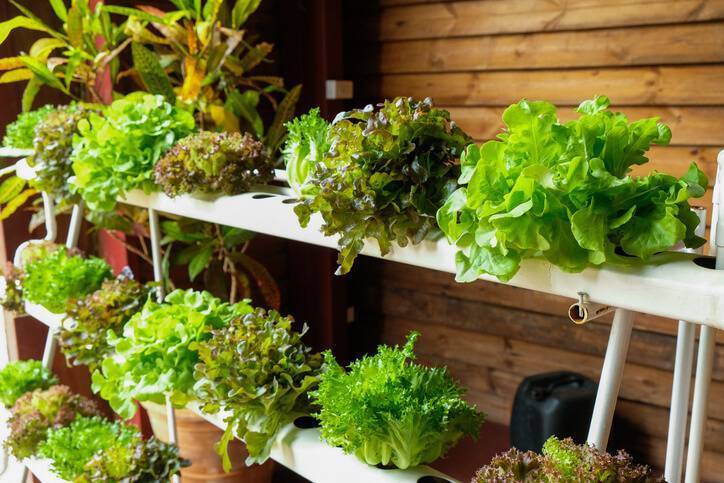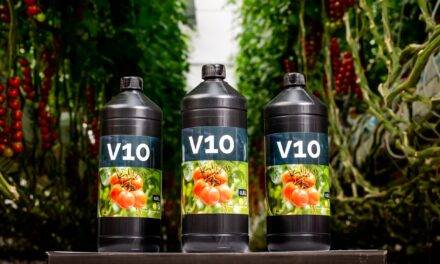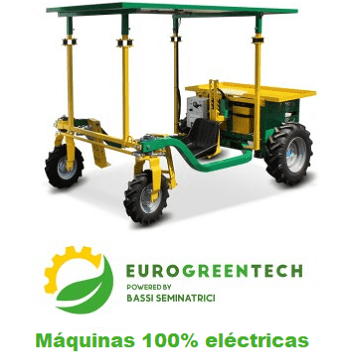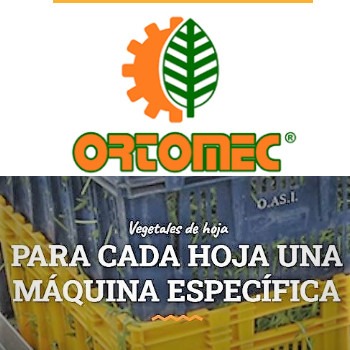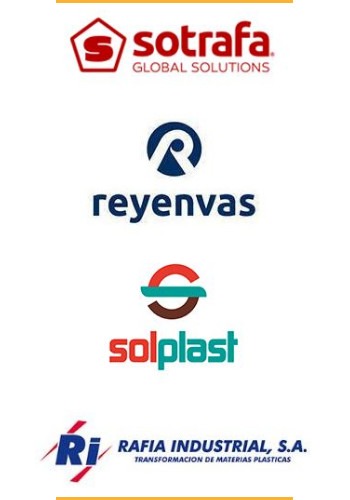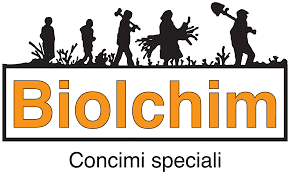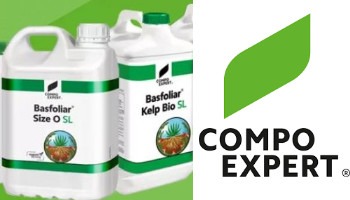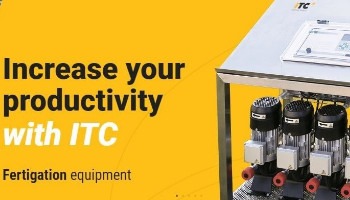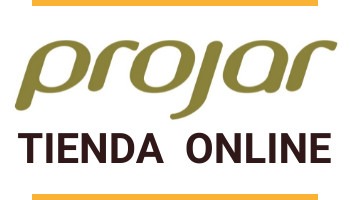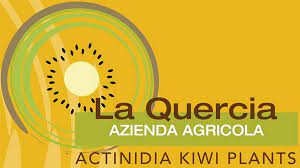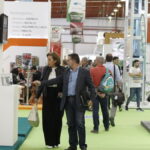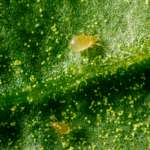
What is the difference between Aquaponic and Hydroponic?
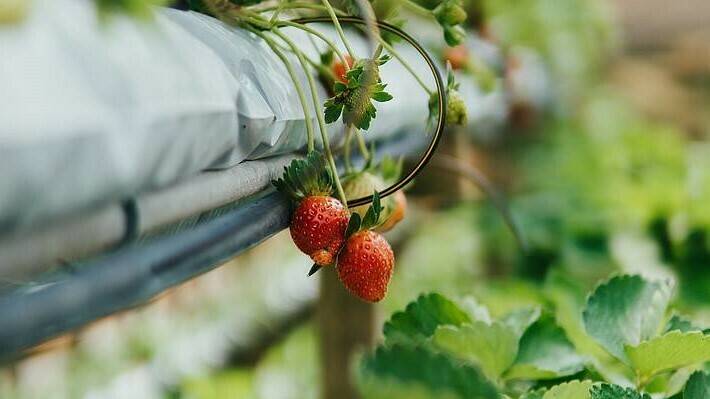
Aquaponic and hydroponic systems both use water and share a few common parts, but that’s where the similarities end. Hydroponic systems focus solely on plant growth, while aquaponic systems attempt to achieve a healthy life balance between both plants and fish. Aquaponics takes the more natural path, while many hydroponic systems rely on simplicity.
Hydroponic Basics
Hydroponic systems use water and a non-soil growing medium to provide plants with nutrients. Nutrients added to the water are fed to the plants in a variety of ways. Bubble systems lift nutrients to plant roots with a constant supply of bubbles in the water, while a wick system feeds nutrients and water via a wick. A reservoir is responsible for holding both the water and nutrient solution. Hydroponic systems are essentially hands-off when it comes to feeding the plant. Everything is usually done automatically, aside from the addition of the nutrient solution.
Aquaponic Basics
An aquaponic system is a part-hydroponic system, but rather than only growing plants, aquaponics takes advantage of the symbiotic relationship between plants and fish. The waste contained in the aquarium water is pumped up to a growing tray that houses the plants and contains the growing medium. Plants rely on the waste for its nutrients, and the clean, relatively waste-free water goes back into the aquarium for the fish.
Aquaponics Pros and Cons
Aquaponics does not require the addition of a nutrient solution, since the plant nutrients are found in the fish waste. The entire process is organic from start to finish. After the tank is set up, the only product you usually need to purchase is fish food. The obvious downside to aquaponics is that you’re keeping live fish, which can be a chore in itself. The aquarium’s pH must be kept at an acceptable level for both the fish and the plants. Dead fish must be taken out of the aquarium as soon as possible, due to the high amounts of ammonia they release. Although ammonia from plant waste is converted into nitrate for plant growth by bacteria, the ammonia from dead fish is excessive. You must also choose your fish carefully, ensuring they can coexist with one another and with the conditions in your aquarium.
Hydroponics Advantages and Disadvantages
Since hydroponics only focuses on plants, that’s all you have to worry about. Although water pH should be checked regularly, drastic change isn’t as common as in aquaponic systems, and you don’t have to worry about losing your livestock and plants at the same time. Hydroponics is also better if you only want to grow a few plants, as a simple system consisting of a few parts — such as an air pump, air stone and container — is all that’s needed. But as you grow more plants, hydroponic systems are more work and more of an investment. They require a nutrient solution that must be flushed occasionally to prevent the buildup of salts and chemicals. Algae growth is also common, which feeds on the nutrients you add for your plants. Many types of fish keep algae growth in check in aquaponic systems.
Sources: Homeguides, form Hortibiz Photo by Shawn Ang on Unsplash
Growing vegetables in your apartment is possible!
CLICK the image

